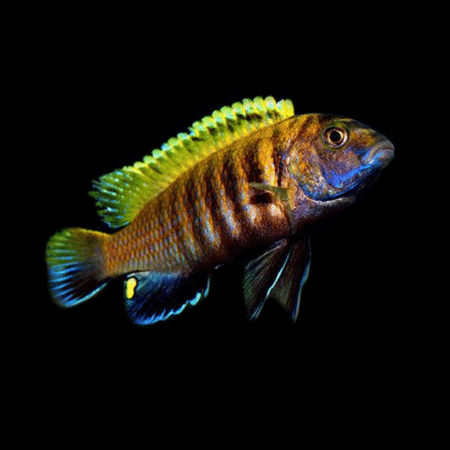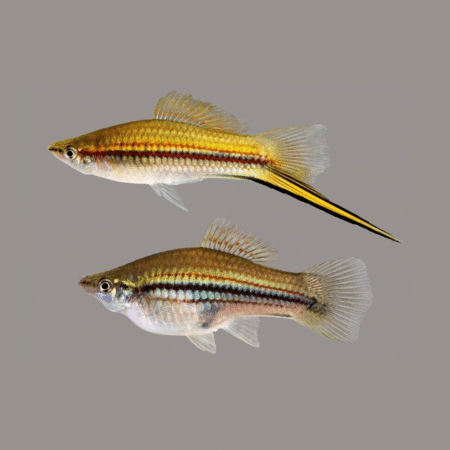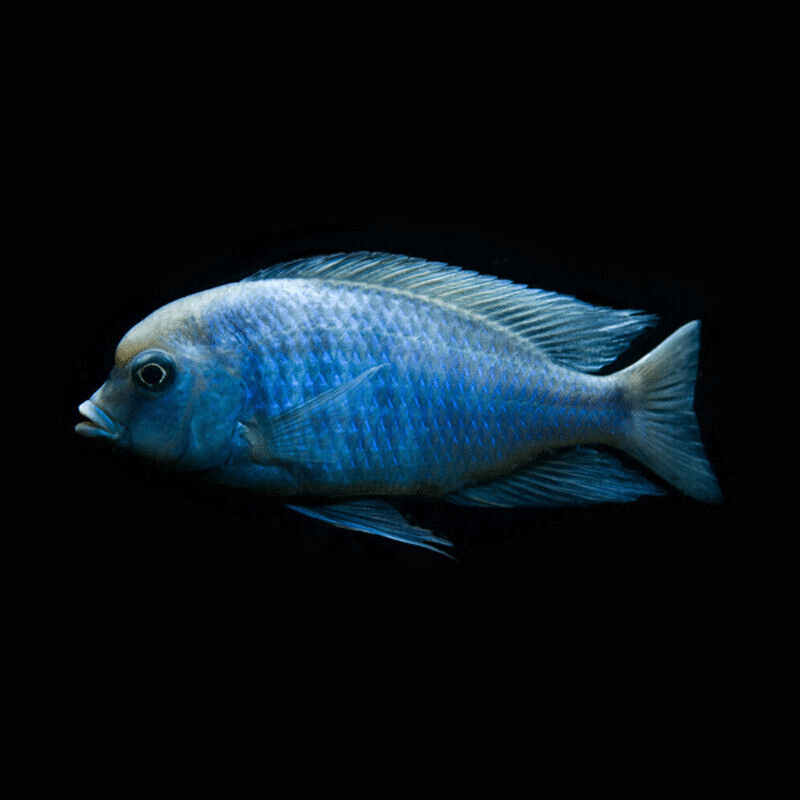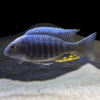-
×

-
×

-
×

-
×

-
×

-
×

-
×
 Red Devil Vampire Crab - Geosesarma Hagen - Decapod Crustacean
1 × £8.71
Red Devil Vampire Crab - Geosesarma Hagen - Decapod Crustacean
1 × £8.71
Subtotal: £165.49














Lisa Gardner (verified owner) –
I recently added the Blue Dolphin Cichlid (Cyrtocara Moorii) to my 75-gallon freshwater aquarium, and I couldn’t be happier! This stunning fish has not only brought vibrant color to my tank but also a delightful personality that captivates both me and my family. After about two months of careful acclimation, he’s become the centerpiece of my aquarium, swimming gracefully and displaying his beautiful hump head.
What I love most about this species is their peaceful nature, making them perfect for a community tank, as long as you choose appropriate tank mates. I’ve seen them thrive alongside some other Malawi cichlids and a few peaceful bottom dwellers. Just be sure to provide plenty of hiding spots to keep everyone happy!
In terms of maintenance, they’re quite easy to care for as long as you keep up with regular water changes and monitor water parameters. My only minor concern is their sensitivity to water quality, but that’s manageable with proper upkeep.
I highly recommend the Blue Dolphin Cichlid for any aquarium enthusiast looking to add character to their tank. They are truly rewarding to keep and bring a lot of joy into your home!